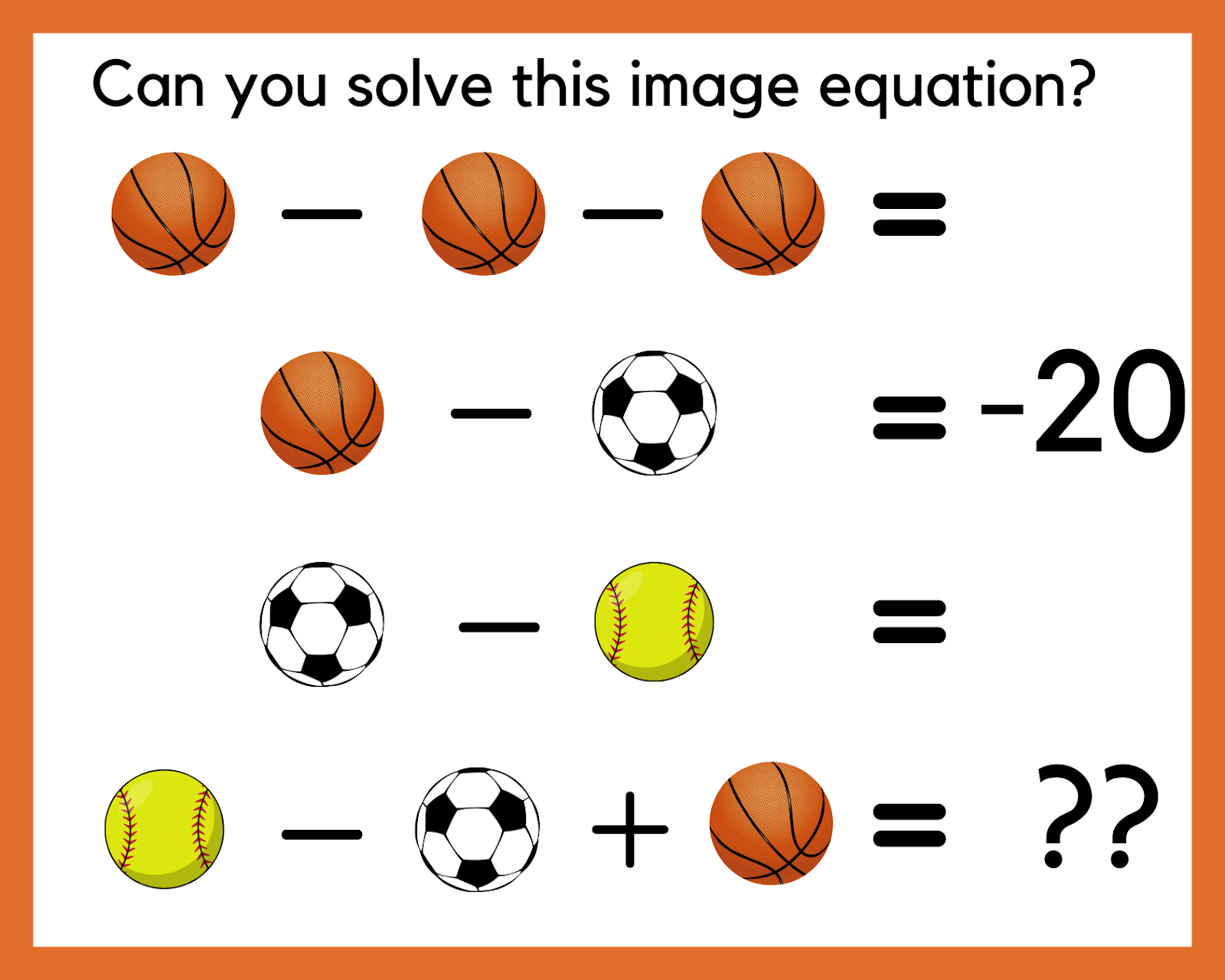
.png)
We don’t teach math so students can spend their lives solving math facts, we teach it because it uniquely strengthens the prefrontal cortex. This is the brain’s problem-solving area, responsible for decision-making, critical thinking, and creativity. Learning math is ultimately about learning new ways to think.
One powerful strategy that fosters this kind of thinking is Guess and Check, especially effective for elementary and middle-grade students. It mirrors scientific reasoning: students form a hypothesis, test it, and revise based on the results. Guess and Check builds perseverance, sharpens logic, and nurtures deep mathematical understanding.
Students might use this strategy when:
When students engage in Guess and Check with intention, they develop several important habits of mind:
There are 7 coins in the pouch. Some are pennies, some are nickels, some are dimes. All together there is 33 cents. How many of each coin is in the bag?
If each number is a group is 1 greater than the one before it, in consecutive order, what three consecutive numbers have the sum of 66?
I have a number. Add 8 to my number and the sum is less than twice my number. Subtract 6 from my number and the difference is 1 less than half of my number. What is my number?
Put the digits 1, 2, 4, 6, 8, and 9 into the squares to make two addends with the sum of 705.
🟦🟦🟦
+ 🟦🟦🟦
7 0 5

While Guess and Check nurtures mathematical thinking, builds number sense, and fosters the kind of resilient mindset students need to tackle more complex problems as they grow.